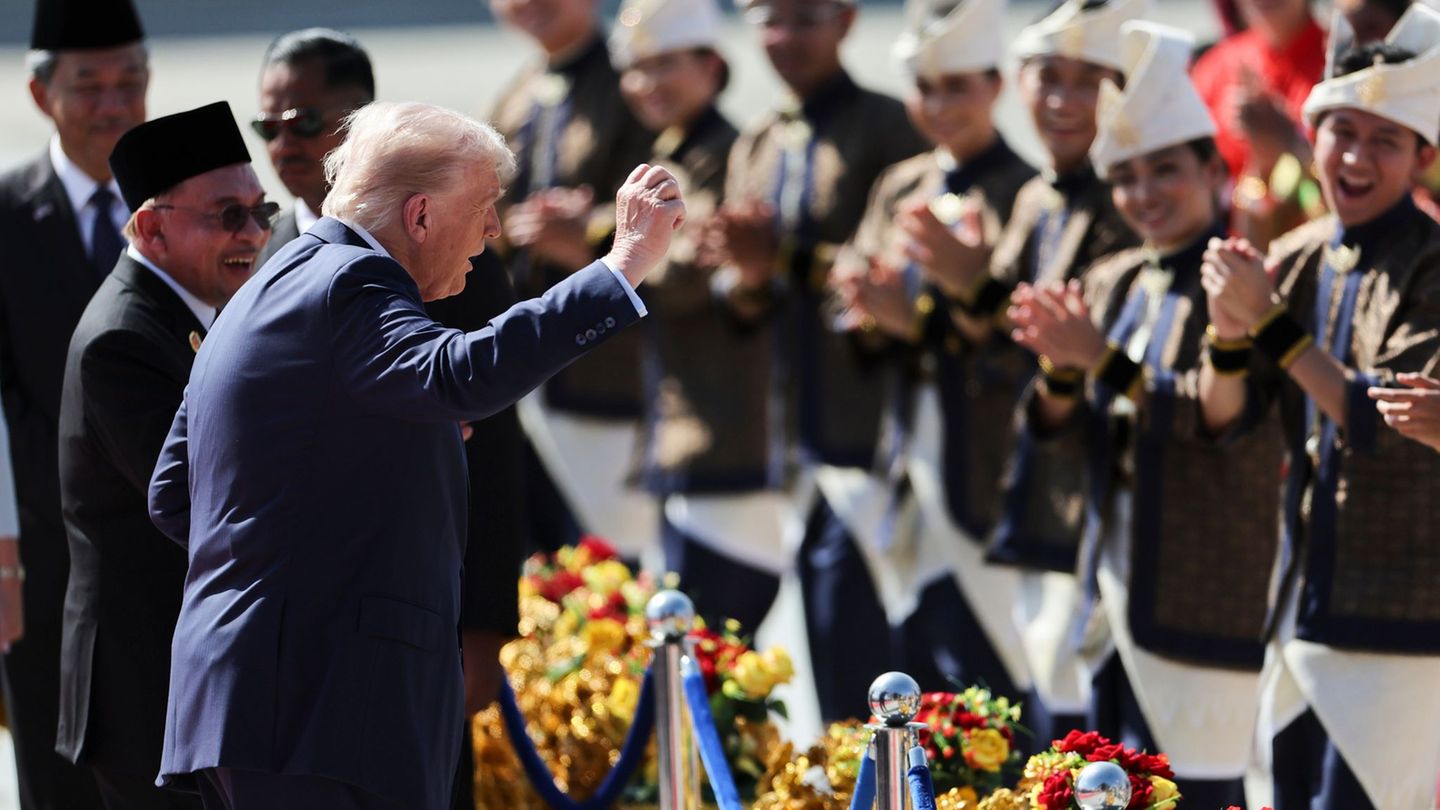Iconic in Argentine football for his role behind the fence of the Bombonera, broke the stereotypes and was a symbol of Boca’s fans.
He lived on the street, went through reformatory, prisons and psychiatric hospitals, but never left his passion. By force of presence, screams and loyalty, La Raulito became an unusual figure in the world of footballwith an unwavering link with Boca Juniors.
The content you want to access is exclusive to subscribers.
His image transcended the stadium and He arrived at cinema, television and media. He didn’t look for fame, but he became a symbol. With a cap, broken pants and a blue and gold flag, he toured the country behind the club of his life until the last day.


LA RAULITO 2

Her love for Boca made her one of the most recognized faces in Argentine football.
A difficult childhood, a hard life and a single passion: football and mouth
María Esther Duffau was born in 1933 and was orphaned at age six. Since then he lived in homes, in the street and later in institutions for minors. With an identity marked by violence, abandonment and confinement, he found a way of living in football. His fanaticism for Boca appeared in adolescence and became his strongest shelter.
The nickname La Raulito arose when he started dressing as a male to avoid harassment And to move more freedom around La Bombonera. His passion had no limits: he slept near the stadium, sold sweets to survive and travel in trains or groups in order to see his team.
It was arrested more than 20 times by disturbances, entries without paying or discussions in the street. She was also admitted to psychiatric diagnoses that, over time, were questioned by those who knew her. In each exit, the first thing he did was go see Boca. For her, football was more than an escape: it was her place in the world.
The day the Raulito was cheered by the Bombonera
In 1994, Boca decided to honor her with a special distinction. They invited her to the court and presented her as “The most faithful fan”. When his name rang in the speakers, the entire stadium stood up to applaud her. The image of La Raulito Crying on the grass was one of the few times that the emotion defeated her.
That day was not just a recognition of his personal history. It was also a symbolic gesture of what popular football represents: people without privileges, without power, but with an inalienable passion. He had no house, family, or stable work. But he had a club, a tribune and an identity that defended until the end.
He died in 2008, in a Buenos Aires hospital. He was alone, but his story had already been marked in the memory of Miles. In an environment where fame and business usually dominate everything, their figure is still remembered as that of someone who lived by and for the shirt.
Source: Ambito
I am Pierce Boyd, a driven and ambitious professional working in the news industry. I have been writing for 24 Hours Worlds for over five years, specializing in sports section coverage. During my tenure at the publication, I have built an impressive portfolio of articles that has earned me a reputation as an experienced journalist and content creator.




